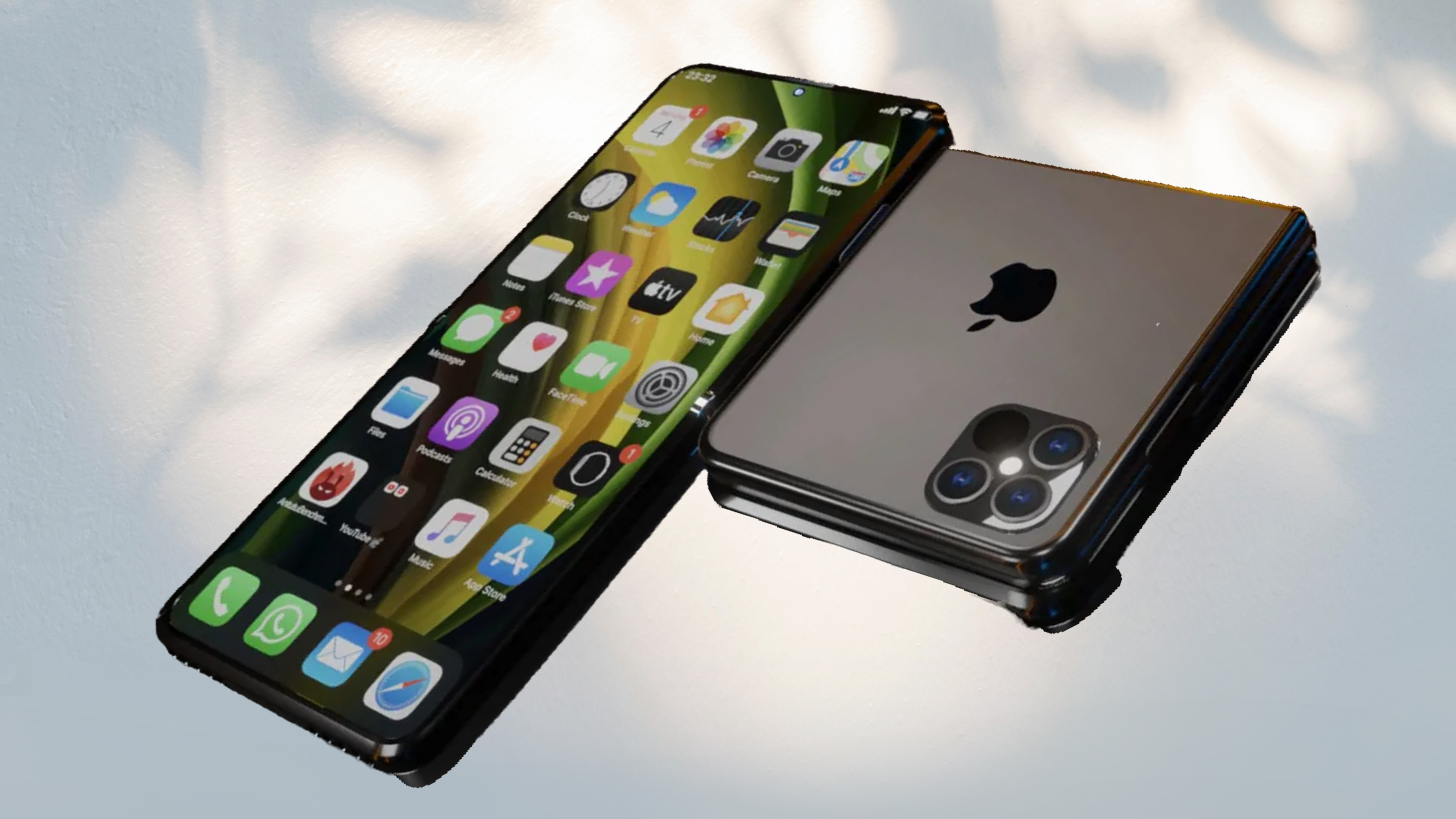
Few tech companies have the kind of power Apple has in the world of consumer electronics. The company kicked off the modern smartphone era we currently live in, and in the decade following that went from success to success. It got to the point where every time some new product or innovation happened, talk quickly pivoted to if and when Apple might enter that space.
That’s been especially true with foldable phones, and over the past 5 years they’ve been on general sale there’s always been some talk of the so-called iPhone Flip. The best foldable phones have never really taken off in the way the likes of Samsung and Motorola might like, but could an Apple foldable help turn that around by exploiting Apple’s long-standing brand strength and user loyalty?
Some people might think so, but I’m not entirely convinced — and the Apple Vision Pro is the reason why.
The Apple brand can do a lot — look at Apple Watch
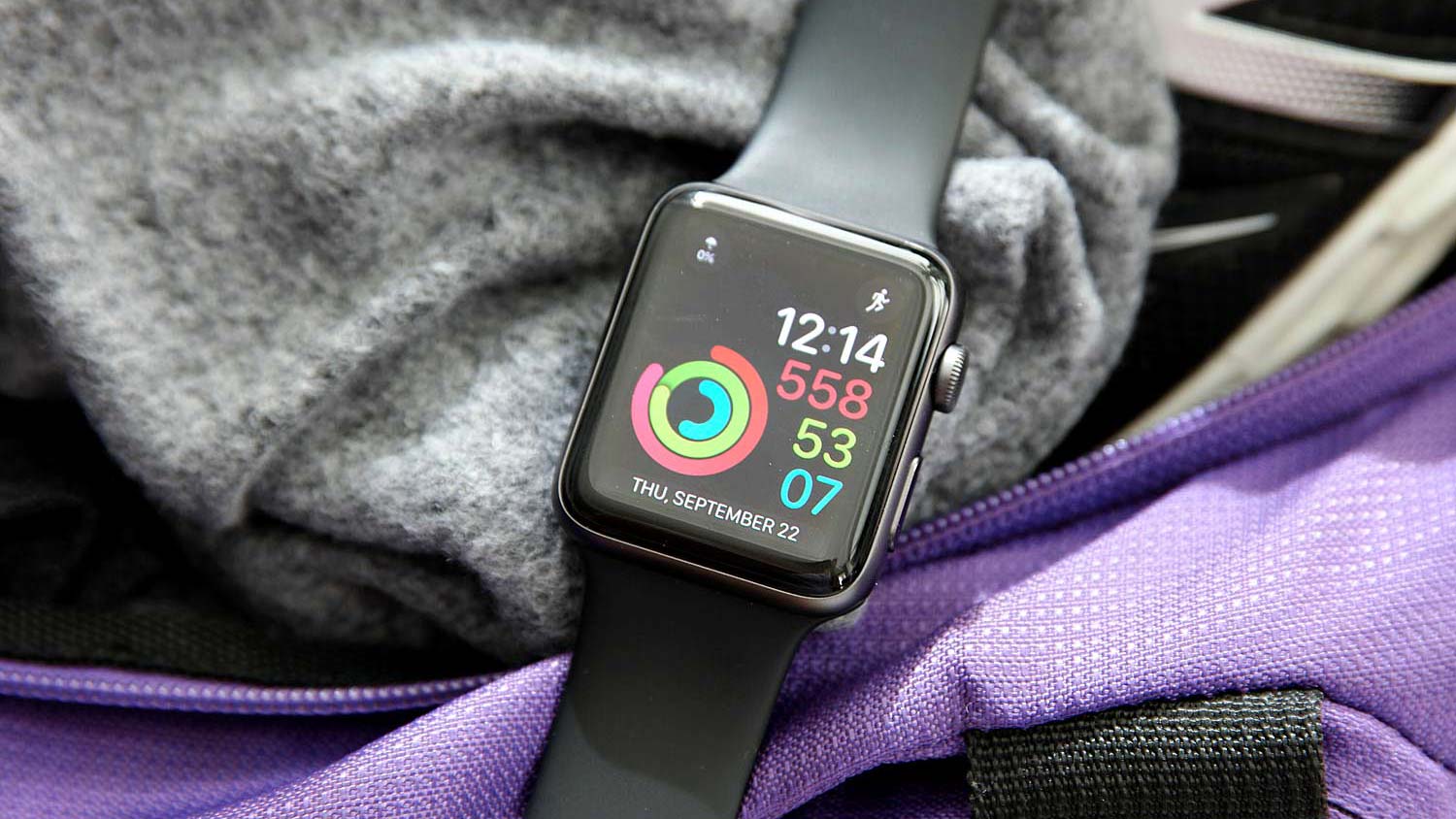
There are a lot of examples where Apple has helped boost life into a specific product category. You could bring up smartphones, MP3 players or even tablet computers — all of which Apple has become synonymous with over the past 20 years. But the one I always think about is the Apple Watch.
Modern smartwatches predate the Apple Watch by a number of years, but they didn’t really take off the way some people might have hoped. Considering smartphones made regular wristwatches redundant, I always wondered why big tech felt the need to reinvent the wheel and slap a glorified phone extension on users’ wrists.
There were plenty of problems to contend with, including pricing, battery life, weird designs, functionality and app support, plus a bunch of other things. Even the Apple Watch had issues in its early days, ranging from malfunctioning hardware to weak battery life. And who can forget the hilariously overpriced gold-plated Apple Watch Edition. There was certainly no iPhone-level success in those early days.
The watch was still positively received by many, despite those flaws, and has stuck to an annual release cycle ever since. Sales then reportedly peaked in 2022, with around 53.9 million units sold. They dipped down to 38.3 million in 2023, but it’s still a considerable improvement over the 8.3 million units shipped in the first year of release. That’s the power of the Apple logo, Apple's focus on fitness and the integration with the iPhone.
Apple figured out a way to sell people a product they can actually use and afford. More so when you consider the Apple Watch has a bunch of health and fitness features you can’t get on an iPhone.
But it’s been clear that slapping an Apple logo onto a product isn’t necessarily a recipe for success. Just look at Apple Vision Pro.
Vision Pro feels like an iPhone Flip forecast
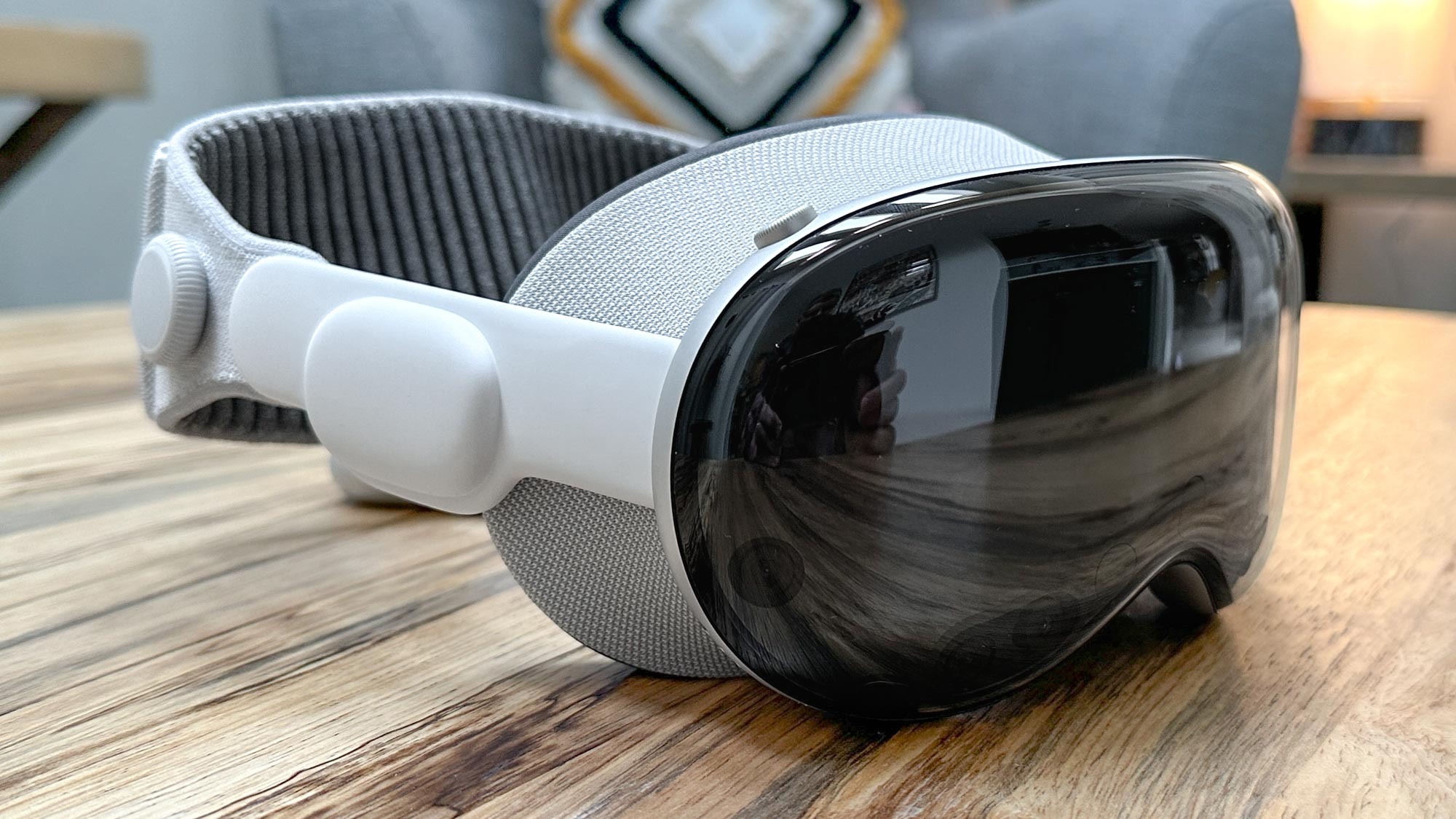
The more I think about it, the more I feel as though the Apple Vision Pro shares a lot of attributes with foldable phones. The primary one being that they’re both being hampered by their respective price tags. The Vision Pro is, of course, an eye-watering $3,500 plus tax while the larger book-ish foldables are upwards of $1,699 — with the $1,899 Samsung Galaxy Z Fold 6 costing more than twice the price of a standard Galaxy S24.
While regular iPhones aren’t overly expensive compared to competitors, they are still pretty pricey. While we don’t know whether Apple is planning on offering a book-style foldable like the Galaxy Z Fold 6, or a flip phone like the Galaxy Z Flip 6, I don’t see a scenario where either option is noticeably cheaper than its rivals. Apple is used to charging top dollar, and that’s not likely to change anytime soon.
Admittedly, there are people who will happily pay a lot of money for an Apple product. Not just for the logo and the desirability associated with Apple products, but also because the company does generally make good products with impressive hardware and software capabilities. I have no doubt that the iPhone Flip will be an excellent foldable phone, regardless of when it arrives or how much it costs.
But, like virtual reality, price is only part of the equation. The fact is that regardless of whether you’re looking at the Vision Pro or an iPhone Flip there are going to be problems inherent to the technology’s general aesthetic — problems that put people off actually buying and using them.
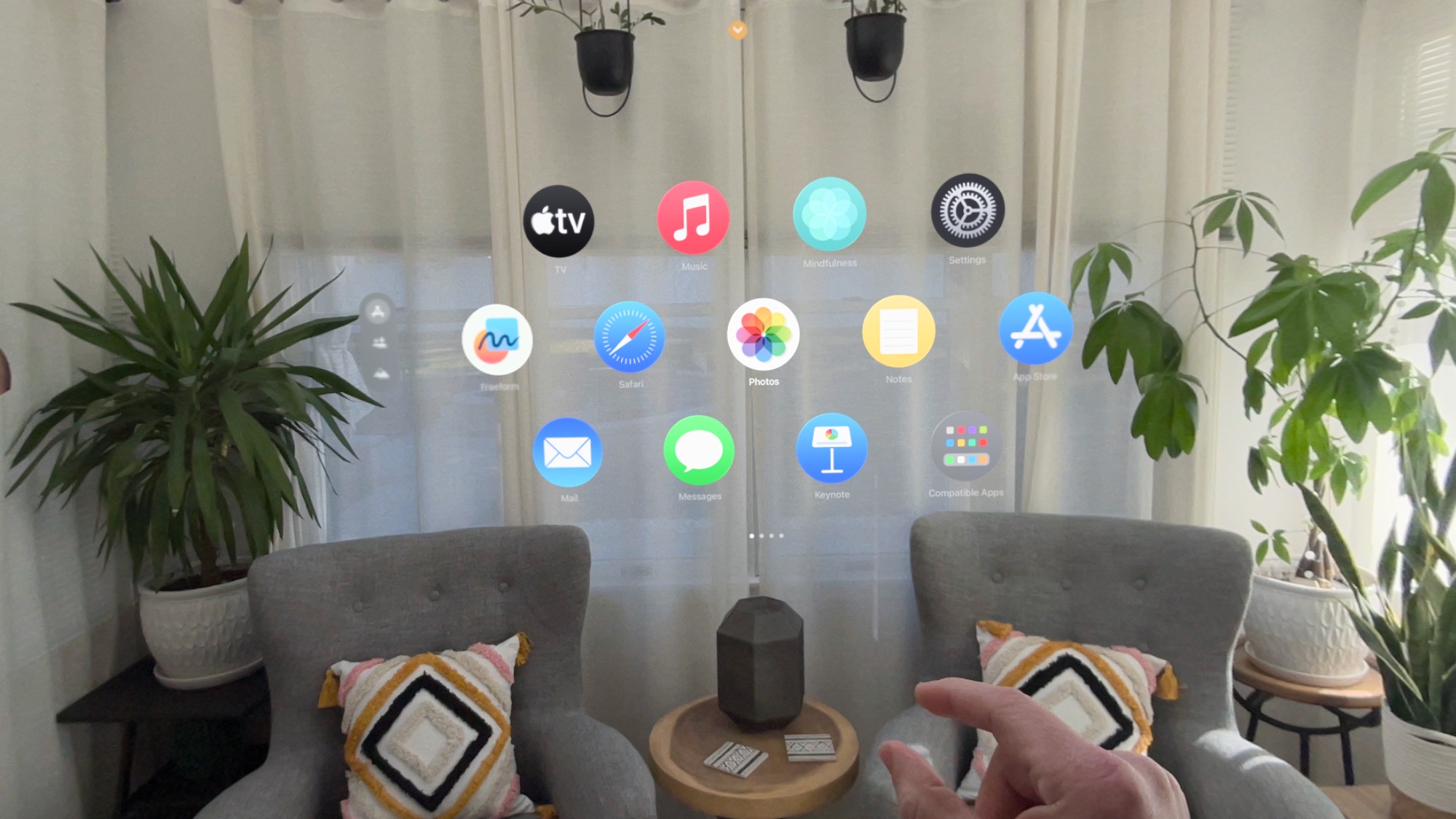
Design and use case are also just as important to consider, and one of the things that works against the Vision Pro is how large and unwieldy the headset actually is. It doesn’t matter how impressive the technology is if people can’t stand to wear it for long periods of time. The same is true for a foldable, since their very nature means they are thick and chunky to accommodate the fact you’re essentially folding a small tablet in half.
And honestly, what do you really get out of buying these devices? It doesn't matter how impressive spatial computing is, or how cool it is to be able to unfold a larger screen on your phone; you’re not missing out on much by not having either device. And without that feeling of FOMO, people are not going to be as inclined to buy an expensive new gadget — no matter what it offers.
Plus, you also have the software angle. Vision Pro is already missing a bunch of support for key apps, like Netflix, and the workarounds don’t work as well. An iPhone Flip has the awkward position of sitting between an iPhone and an iPad, which means a bunch of software is going to need to be adapted to work on larger and smaller screens more or less simultaneously.
Considering there are plenty of iPad apps that still aren’t optimized for the larger screen, I don’t have much confidence that such a change would happen quickly enough for iPhone Flip. Even if Apple makes it a priority for iOS developers.
Bottom line
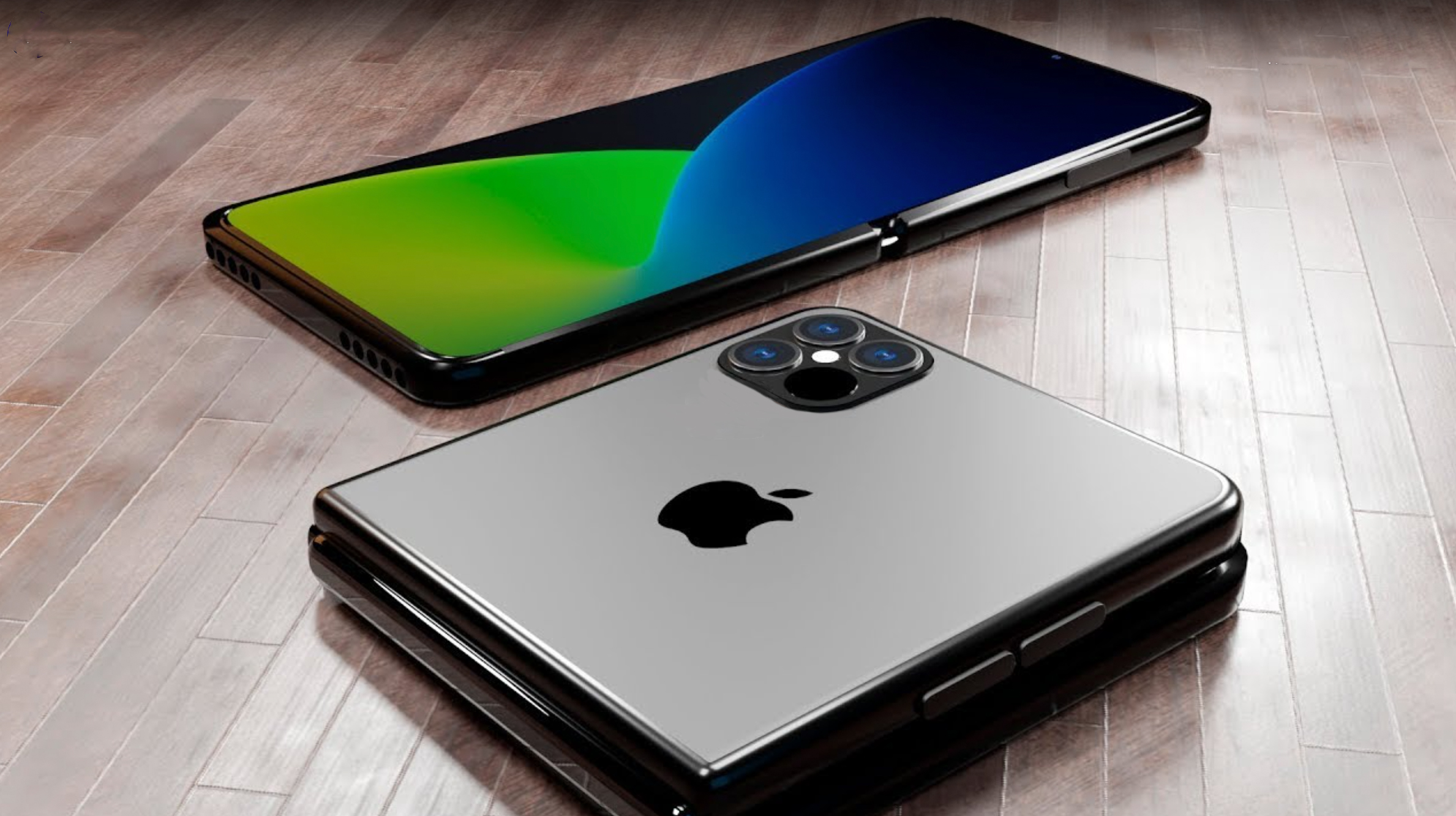
I don’t have a crystal ball and I can’t predict the future with any level of accuracy. It could be that the iPhone Flip becomes an immediate and unquestionable success. I also don’t know what the future holds for the next generation Vision headset and whatever other visual products Apple may have in the pipeline. Maybe Apple can come up with a valid use case for both product lines, like it’s done transforming the Apple Watch into a health-focused device
But based on what we’ve seen so far, I don’t have high hopes for the iPhone Flip to be an overnight success. Not just because foldables have struggled to gain much traction over the past few years, but also because the Vision Pro shows that new Apple products don't necessarily print money. Especially when they’re both expensive, and don’t really have the killer features that make people rush out with their credit cards in hand.
If Apple wants the iPhone Flip to succeed, it’s going to have to figure out some of the key issues preventing people from buying foldable phones right now. Because slapping an Apple logo on the back isn’t going to cut it.







